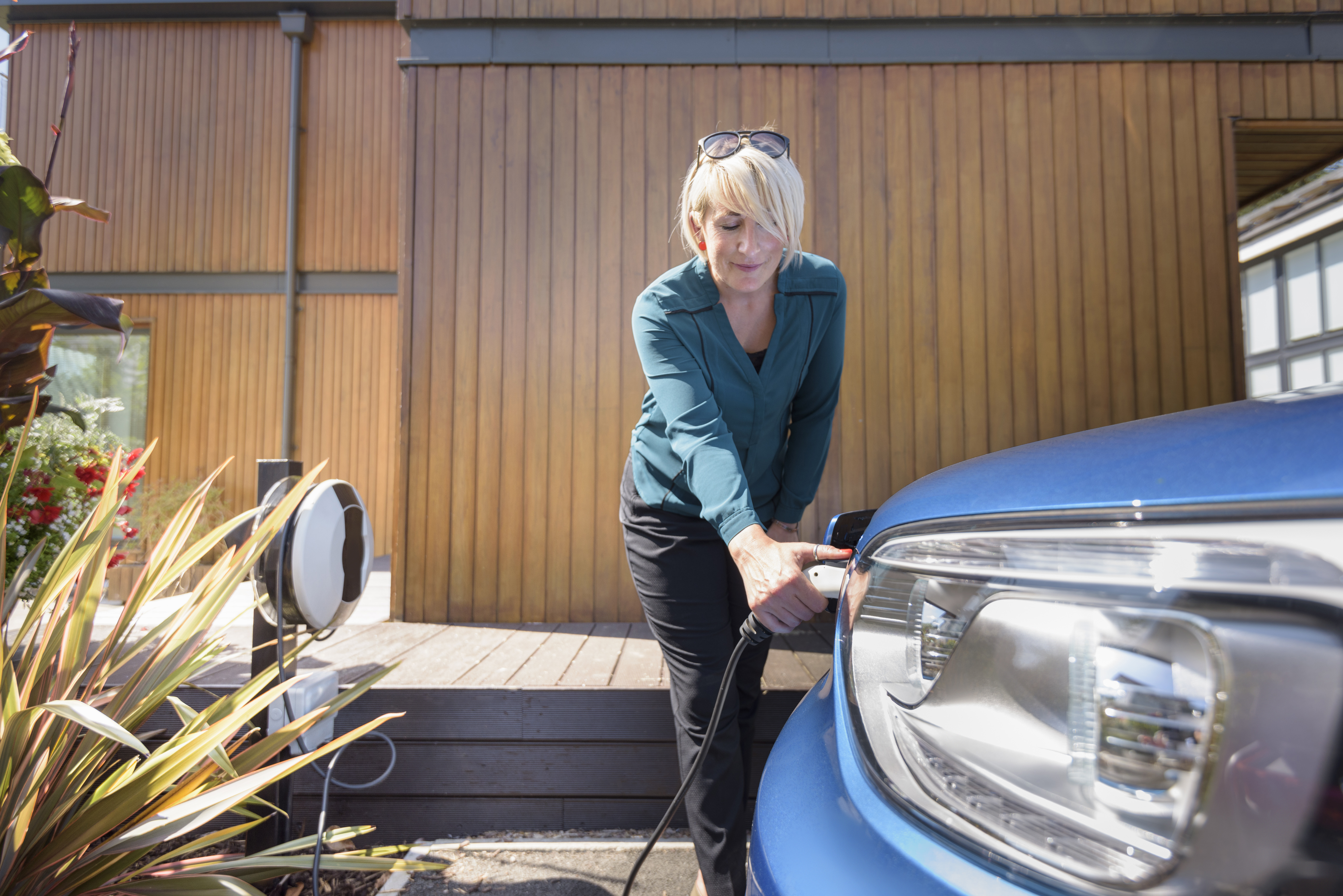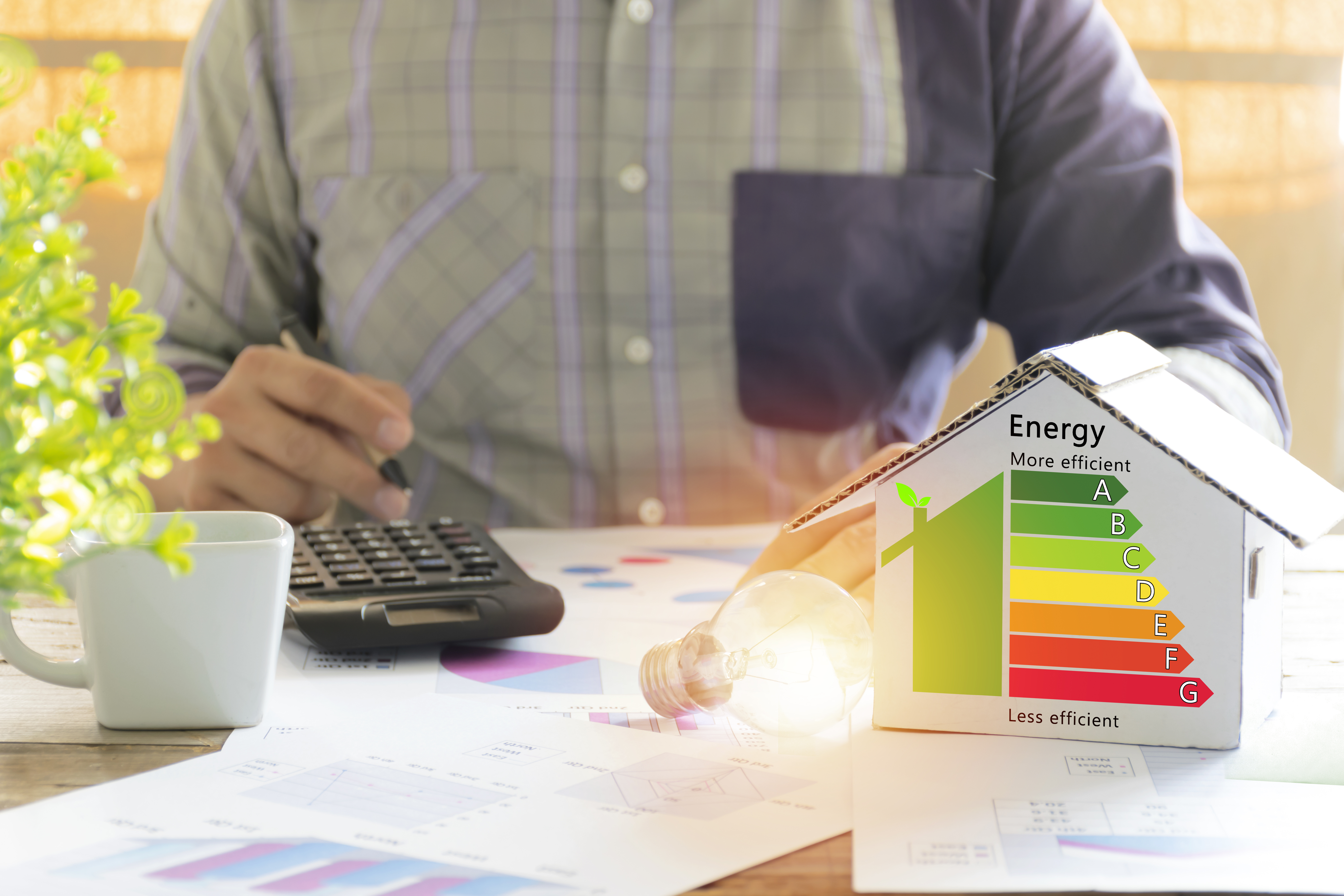Photo credit: Panasonic Eco Systems
If you already have solar panels, adding a battery can maximize your investment. Home battery systems provide you with a continual supply of clean, free power you can use in an outage or when electricity prices rise.
While you can install a battery at the same time as your home solar system, you can also retrofit a home battery system to get the same great benefits. Here’s a look at how to go about it.
What batteries are compatible with your solar panels?
Most batteries can be retrofitted to an existing solar system. The amount of work required will depend on whether or not your panels were designed with the intention of integrating a battery in the future. If they were, adding a battery will be straightforward. If not, installation can be more challenging and expensive.
How do you choose the right home battery system for your existing solar panels?
Because most batteries can be retrofitted to an existing solar system, choosing the right battery for your home depends largely on your budget, your household energy needs, and your reasons for installing a battery.
AC- or DC-coupled batteries
AC- and DC-coupled batteries store different types of energy currents. AC-coupled batteries store energy as alternating current, while DC-coupled batteries store it as direct current. AC batteries tend to be cheaper and easier to retrofit than DC batteries, but they are also less efficient.
Whichever type of battery you choose, you’ll need an inverter to convert the direct current into alternating current energy. That’s because solar panels produce DC power, while your appliances use AC power.
Your budget
A typical home battery costs between $8,500 and $10,000, plus the cost of installation. The final price depends on a range of factors, including the brand and quality of the battery and how many you install.
Your household energy needs
How and when you use energy can influence the type of home battery system that’s right for you. For example, if you’re on a time-of-use (TOU) utility rate plan, you pay more for electricity during peak hours (typically in the evening). Look for a battery with a built-in TOU mode, which will let you preset your battery to turn on and power your home when electricity costs rise. The battery will charge from your solar panels during the day, when electricity costs are at their lowest.
Your reasons for installing a home battery system
A battery’s specifications, including how much power it’s capable of storing, how quickly it can dispense power, and how long it can store power, vary. If you’re looking to power as much of your home as possible from your battery system, opt for batteries with a high power rating. The power rating will be given in kilowatts (kW). Most home batteries will be rated at about 5 kW.
If you want to ensure that your battery supplies power to your home for as long as possible (e.g., during a power outage), look at the battery’s usable capacity. This will be given in kilowatt-hours (kWh). Most batteries range from 10 to 16 kWh.
How to retrofit a home battery system
Installing a battery is more straightforward than installing solar panels because batteries are installed at ground level, they are smaller in size than a solar system, and they require fewer people to complete the installation. Consequently, labor costs shouldn't exceed more than $1,000 or so, depending on where you live.
Before you start, consider a few things:
What are your energy needs and goals?
Look at your utility bills to determine how much energy your home uses on a daily basis. Then outline your main reasons for adding a battery to your solar panels. An installer will use this information to help you choose a battery with the right specifications to meet your requirements. An energy audit can help you determine how your home currently uses energy.
How will you pay for the battery system?
Batteries can be an expensive investment, but there are plenty of incentives available to make the upfront costs more manageable. These include the federal investment tax credit, which allows you to deduct 30% of the total cost of your battery from your federal taxes. To understand what incentives may also be available in your state, visit DSIRE.
An installer can help you navigate the entire process, including sizing your home battery system, choosing the best battery for your needs, and identifying eligible incentives. It’s important to find a reputable installer who has experience retrofitting batteries to solar installations. Compare quotes and reviews, check with your solar installer, and request references. Price and warranty are important considerations as well.
Once you’ve chosen your installer and your equipment, it only takes a few hours to retrofit the battery to your solar panels. Then you’ll be optimizing your solar investment and enjoying free, clean energy at all times of day.
Learn more about Panasonic’s new EVERVOLT® home battery system and how it can help you save more money on energy.





